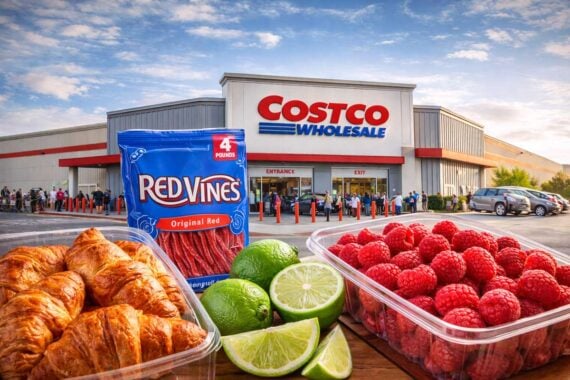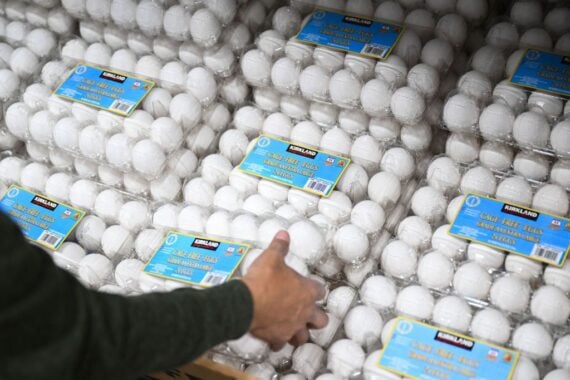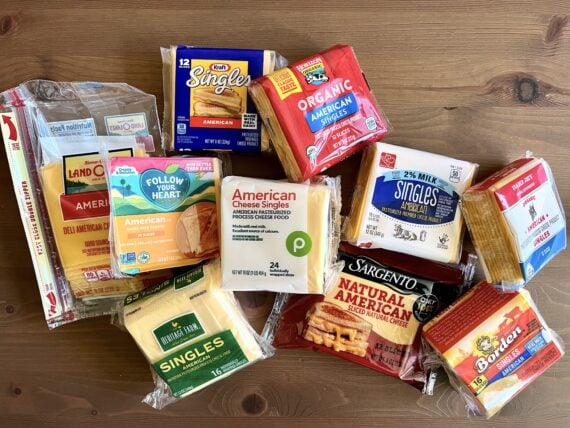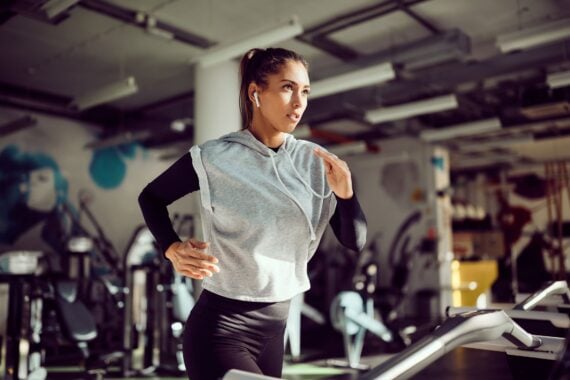Shopping
-

‘I Am Literally Just Trying to Survive’: Disbelief Over Grocery Prices Continues
Young shoppers are in disbelief at how expensive grocery prices continue to be, despite tactics like shopping at discount supermarkets.
-

Aldi’s New ‘Better-for-You’ Products Are Here, and They Start Around $1
From prebiotic sodas to avocado oil chips, the new healthy Aldi items are here just in time for those healthy New Year’s resolutions.
-

Meal Deals, Free Fries, and More Fast-Food Offers for January
Find the tastiest fast-food deals available right now. From free fries to deals on chicken tenders, here are the best fast-food meal discounts this month.
-

30 Costco Grocery Items That Offer the Biggest Savings
See which Costco grocery savings deliver the biggest bang, based on research comparing 30 items with prices at major supermarkets.
-

If You Bought Beef Between 2014 and 2019, You Might Be Owed Money
Learn more about how you could be eligible for a share of an $87.5 million class action settlement involving some of the country’s largest beef manufacturers.
-

The Best Fast-Food Meal Deals in January That Let You Feed Everyone Without Going Broke
Feeding a crowd can get expensive, so we’ve tracked down the best family meal deals from fast-food chains to help save you some cash.
-

21 Pizzas for $27: Sam’s Club Has the Ultimate Pizza Party Hack
Got a pizza party coming up? This Sam’s Club pizza hack allows you to grab over 20 pizzas for under $30. Here’s what you need to know about the deal.
-

25 Things You Should Never Buy at Costco
Costco makes it easy to overspend. These 25 Costco items to avoid aren’t always the best value, depending on your household size and habits.
-

10 Brands of American Cheese, Ranked
From burgers to grilled cheese, American cheese is incredibly versatile. Our taste test reveals the best American cheese you can get at the grocery store.
-

Costco, Trader Joe’s, Aldi: How Three Major Grocers Keep Prices Down
See how cheap grocery stores like Costco, Trader Joe’s, and Aldi keep prices low with smart strategies that deliver big savings.
-

Things You Should Avoid Buying in January — and Why
Wondering what not to buy in January? Some items cost more now despite big sales. Learn what to skip this month and when prices usually drop.
-

Skip These Items at Sam’s Club, Say Members on Reddit
From bananas to salmon fillets, Redditors dish on some of the worst Sam’s Club items to buy. Read on for the full list.
-

Fiscally Fit: How to Snag a Cheap Gym Membership
Learn smart tips and loopholes to score a cheap (or free) gym membership without overpaying or locking into a long contract.
-

Quietly Great Costco Breakfast Items Regulars Buy Every Time
Stock up on these fan-favorite Costco breakfast items that come highly recommended, including egg bites, sausage links, and overnight oats.
-

12 Dollar Tree Finds That Make Winter a Lot More Bearable
From crew socks to cough drops, snag these Dollar Tree winter products to help you stay healthy, warm, and safe.
-

32 Cult-Favorite Costco Items Members Keep Raving About
From groceries to home goods and food court hits, these Costco cult favorites are the must-buy items shoppers rave about again and again.
-

Several Major Retailers Are Introducing Return Fees — Even for Unopened Gifts
From Macy’s to J.Crew, these retailers are making it harder — and more expensive — to return presents. Here are the return fees to look out for.
-

We Tasted 13 Frozen Pizzas — This Is the Best
We taste-tested 13 kinds of frozen pizza, like DiGiorno, Tombstone, Totino’s, and Red Baron. But the best frozen pizza wasn’t any of those.
















